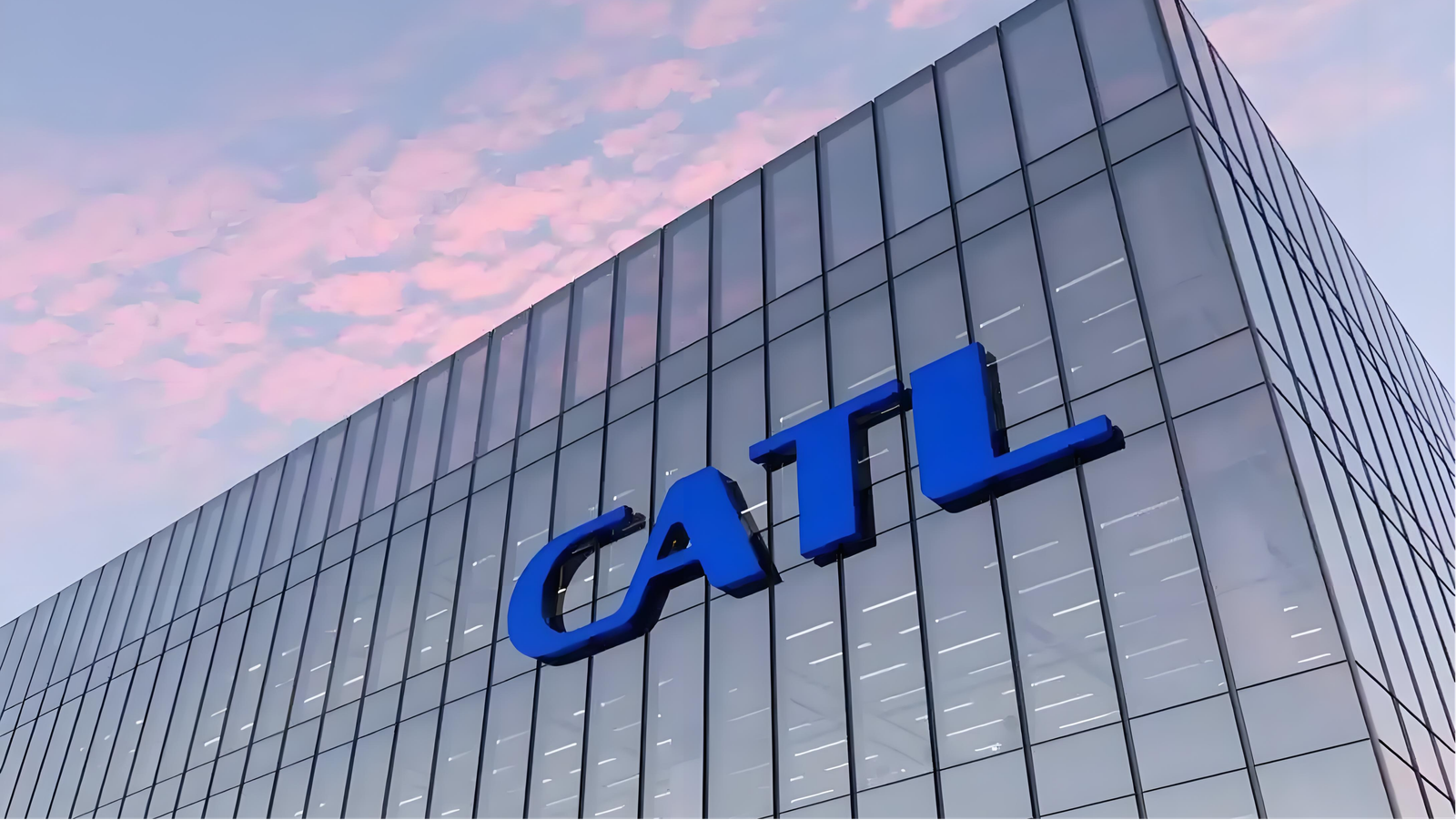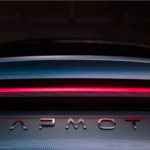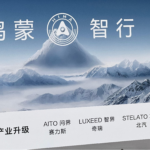Sinopec and CATL have signed a strategic cooperation framework agreement in Beijing to jointly build 10,000 battery swap stations across China. The two sides plan to construct no fewer than 500 stations within 2025, marking a major step toward scaling up China’s EV infrastructure.
Standardization with CATL’s Choco-SEB Battery
A core highlight of the partnership is the adoption of CATL’s Choco-SEB (chocolate battery) as the new standard for battery swapping. This move addresses a long-standing challenge in the industry—lack of compatibility among battery packs. With hundreds of battery sizes currently in use, the absence of unified standards has hindered large-scale deployment of swap stations.
Integrating Infrastructure and Capital
The agreement aims to integrate both industrial and capital resources to build a unified battery swap network, standardize operational protocols, and optimize asset management. Sinopec’s vast energy infrastructure and CATL’s battery technology leadership form a complementary alliance to lead the market shift.
Sinopec’s Nationwide Network Advantage
Sinopec currently operates over 30,000 integrated fueling stations, 28,000 Easy Joy convenience stores, and more than 10,000 ultra-fast charging stations. The company serves 300 million users with 20 million daily customer visits, providing a strong foundation for a battery swap rollout.
CATL Expands Swap-Compatible Vehicle Ecosystem
CATL, the world’s largest EV battery supplier, has been advancing battery swap technology through collaborations with multiple automakers. Its Choco-SEB standard has already been adopted in upcoming models, including NIO’s Firefly sub-brand. CATL previously launched two standardized battery blocks—20# and 25#—inspired by the gasoline model of 92 and 95-octane fuel.
Strong Market Potential for Battery Swapping
According to data from China’s Ministry of Public Security, China’s NEV fleet reached 31.4 million by the end of 2024, accounting for 8.9% of all vehicles. Charging infrastructure totaled 13.45 million units as of February 2025, up 49.1% year-on-year—indicating a booming market for both charging and swapping solutions.




